10x Marketing Formula – Garrett Moon
$18.00
10x Marketing Formula – Garrett Moon Download. The focus of the first phase is to determine your content core. What content can you create that is so uniqu…
Salepage link: At HERE. Archive:
Garrett Moon, CEO and Co-Founder of CoSchedule, and MarketMuse Co-founder and Chief Product Officer Jeff Coyle talk about the 10X Marketing Formula for creating content that stands out and gets results. After the webinar, Garrett participated in an ask-me-anything session in our Slack Community, The Content Strategy Collective. Here are the webinar notes followed by a transcript of the AMA.
Phase 1: Plan
The focus of the first phase is to determine your content core. What content can you create that is so unique and in a league of its own that it is virtually competition-free?
Phase 2: Execute
Executing a content plan revolves around five critical areas:
- Projects – Focus on those that will make a substantial difference rather than an incremental one.
- Calendar – This helps you publish better, faster, and more effectively.
- Workflows – Get your workflows pre-approved, make them as lean as possible, and bake performance standards directly within.
- Content – Treat every piece of content like it’s your homepage.
- Team – A 10X marketing team is one that is primarily focused on learning.
‘Treat every piece of content like it’s your home page.’ @garrett_moon #contentstrategy #contentmarketingCLICK TO TWEET
Phase 3: Publish
Minimum viable marketing is a process of testing your assumptions about the results that a project will generate. This way, validating an idea won’t cost a fortune. It’s all about building, measuring, and learning. Intelligent automation can help to amplify competition-free content in a valuable way. Email list building, in addition to publishing and social media promotion, is an integral part of the 10X plan. The key is to fill it with the right audience.
A 10X marketing team is one that is primarily focused on learning. #contentstrategy #contentmarketingCLICK TO TWEET
AMA
How often do you find you and your team take those steps back to level-set your plans? To make sure you aren’t focusing too much on the 10%?
Great question. I would say we do this in three ways.
- We make a very normal part of our process as a team to question 10% v.s 10x projects. Basically, I and our head of marketing Nathan Ellering ask “is this a 10x opportunity” so much that is it is just part of the culture.
- We start all of our major projects with a “project brief” document that lists the specific goals and metrics that the project will be targeting. This document is presented to me the CEO and our Head of Marketing at the start of the project so it keeps everyone pretty focused on results.
- We hold 10x Brainstorms whenever our strategy as a company changes or shifts. This usually 2-3 times per year as a startup. We usually do a SWOT analysis of some kind that then do a brainstorm around how we can “10x” the things and methods that are working the best.
Doing 10x brainstorms monthly or quarterly is also a great way to force yourself and your team to take that step back if you don’t already have that habit.
How is your team adjusting its content strategy to adapt to the current market situation?
Great question. Our first concern was supporting our current customers as many of them have been transitioning to WFH situations and it can be very challenging. We put together a bunch of resources around that on a new landing page we launched about 2 weeks ago.
I think the approach of supporting current customers first is very different for marketing teams, but in the uncertain economic climate that we have ahead of us, I think it is really going to be important. Also, as a nice bonus, prospects in our pipeline have also found the content and resources really helpful.
I would start by asking “what challenges are our customers experiencing in this crisis, and how can we help?” Chances are your prospects will be experiencing that same things and you’ll be ahead of the curve.
How do I convince my manager to allow for there to be only one metric that the entire team is rallied around? They want visits to grow, email subscriptions, leads, and sales (and more)?
I would suggest separating those metrics into lead and lag categories. You need one lead metric, your one metric that matters. The rest are lag metrics – Metrics that are important to track, but only because they influence the lead metric itself. This way your team understands that while you are tracking many different numbers, they are all there to support and serve the one metric that matters.
The book 4 Disciplines of Execution does a really good job of breaking this theory down.
What does the CoSchedule Marketing Stack look like? What tools and solutions are in place and have been successful? What hasn’t been as impactful and is more of a 10%’er or worse?
All of our strategic planning, workflow, and publishing happens right in CoSchedule itself, so this is where most of our team spends its day. We use Autopilot for marketing automation. Kissmetrics, HotJar, Keen.io, and Visual Website Optimizer for measurement. Slack, Google Docs, Google Analytics are in there too. I am probably forgetting several here, but we run a fairly lean stack overall. We try to focus on execution over tooling most of the time.
How much planning do you do with other team leads who have different sprint schedules (especially engineering/product)? How do you best orchestrate that for team alignment?
Yeah, great question! This can be a huge frustration for marketing teams waiting for a product team to FINALLY launch something.
For a lot of the features we launch we have simply started to separate product launches from marketing launches. This means that current customers will get access to new features several days before marketing announces them. Basically we embrace “soft launches” whenever we can so that teams can stay focused.
If we absolutely need to coordinate a launch date for major features we just try to set the date as early as possible. From there, it’s really about relying on leadership to make sure that everyone is hitting the date and working backwards from launch. This means that we may cut and trim our expectations (reduce scope) but we never miss the date unless all teams agree to it.
Being the CEO certainly helps here I will admit!
It can be hard to make concessions on scope for sure. One thing we try to do is identify areas of the sprint that we could potentially cut for launch right from day one. This keeps the expectations in the right place from day one. It also gives us wiggle room if there is scope creep in other areas of the project.
Do you have any other recommendations for tools/resources/people that can help teams get an Agile workflow off the ground?
Two come to mind. We give all of our team members this simple book, Scrum: a Breathtakingly Brief and Agile Introduction, the day they start at CoSchedule. It’s a great reference guide.
We also have a free Agile Marketing Guide that we published right from our site. This is fairly CoSchedule centric, but there should be something in there for everyone.
Here's an overview of the prominent keywords and a list of famous authors:
Business and Sales: Explore business strategies, sales skills, entrepreneurship, and brand-building from authors like Joe Wicks, Jillian Michaels, and Tony Horton.
Sports and Fitness: Enhance athleticism, improve health and fitness with guidance from experts like Shaun T, Kayla Itsines, and Yoga with Adriene.
Personal Development: Develop communication skills, time management, creative thinking, and enhance self-awareness from authors like Gretchen Rubin, Simon Sinek, and Marie Kondo.
Technology and Coding: Learn about artificial intelligence, data analytics, programming, and blockchain technology from thought leaders like Neil deGrasse Tyson, Amy Cuddy, and Malcolm Gladwell.
Lifestyle and Wellness: Discover courses on holistic health, yoga, and healthy living from authors like Elizabeth Gilbert, Bill Nye, and Tracy Anderson.
Art and Creativity: Explore the world of art, creativity, and painting with guidance from renowned artists like Bob Ross and others.
All the courses on WSOlib are led by top authors and experts in their respective fields. Rest assured that the knowledge and skills you acquire are reliable and highly applicable.
Specification: 10x Marketing Formula – Garrett Moon
|
User Reviews
Only logged in customers who have purchased this product may leave a review.

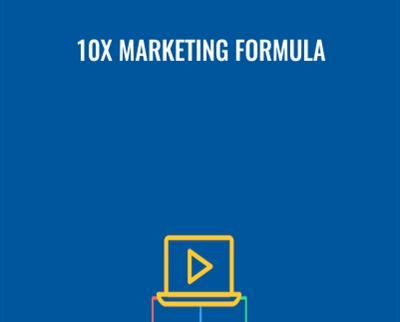


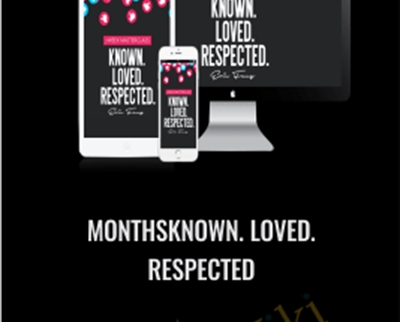


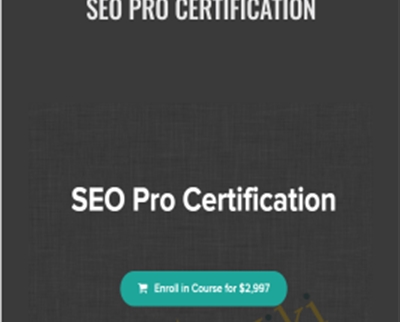
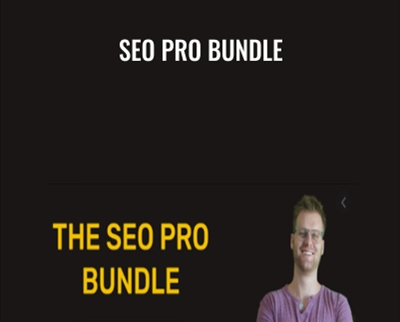
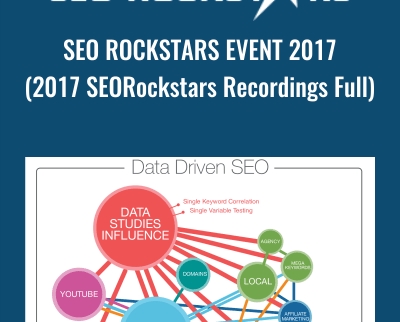
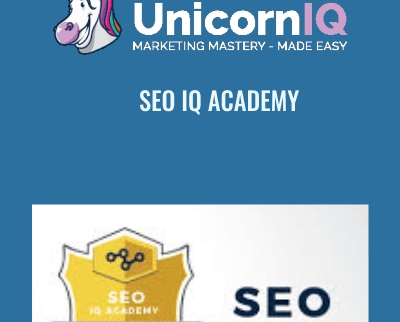


There are no reviews yet.